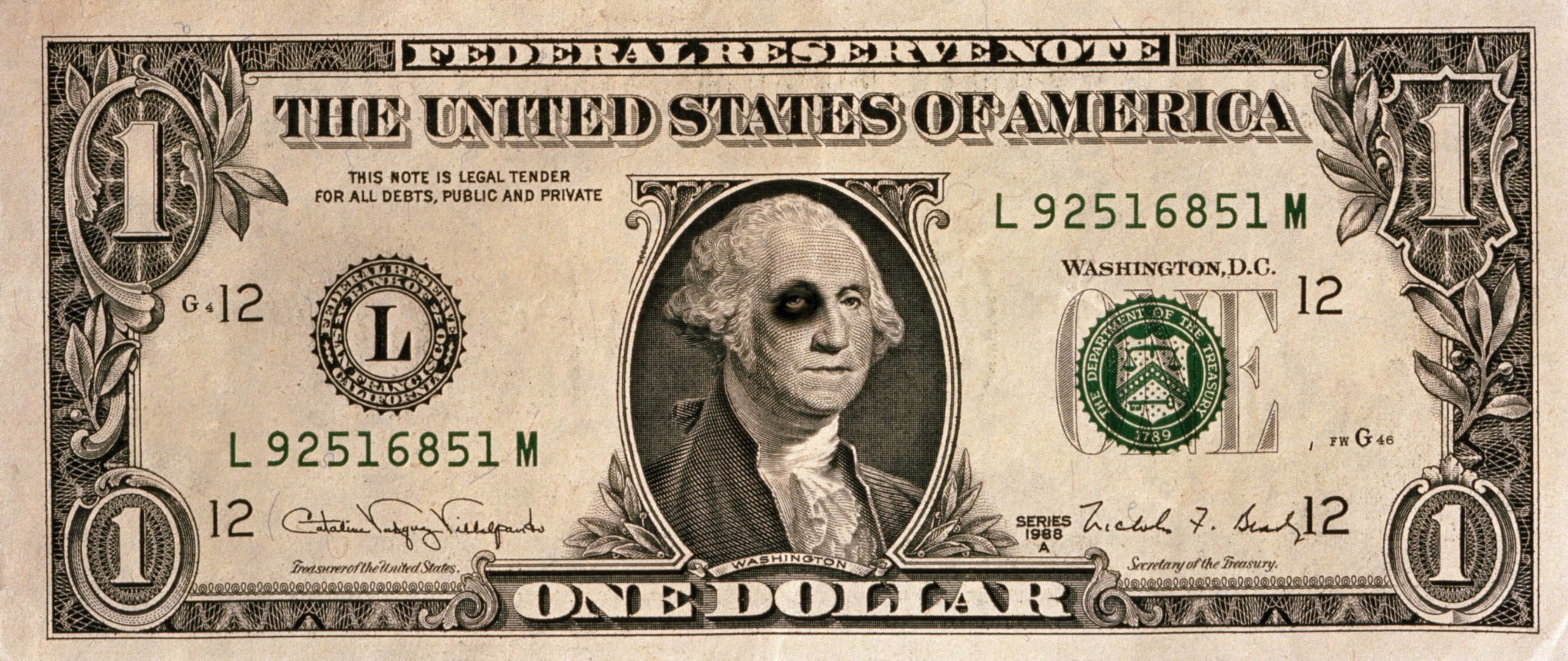Kiplinger Energy Outlook: Gas Prices Coming Down Amid Trade War
Fears of a global economic slowdown have weighed on crude oil prices. Drivers can expect cheaper fill-ups.

Kiplinger’s Economic Outlooks are written by the staff of our weekly Kiplinger Letter and are unavailable elsewhere. Click here for a free issue of The Kiplinger Letter or to subscribe for the latest trends and forecasts from our highly experienced Kiplinger Letter team.
The rout in financial markets since President Trump announced sweeping new tariffs hasn’t spared the oil market. Benchmark West Texas Intermediate dropped sharply since Trump’s April 2 “Liberation Day” announcement of the tariffs, falling from $72 per barrel to $61. How much lower oil could go is difficult to say, given how unusual the current market climate is: A sudden trade war that shows no sign of de-escalating. Hefty U.S. tariffs on China, and Beijing’s retaliatory duties, threaten to disrupt trade between the world’s two largest economies, hitting many industries in the process. Oil traders are fearful of just how much demand for crude could suffer.
For now, we look for WTI to hover around $60, but with plenty of volatility. If the economic outlook darkens further, it’s not hard to imagine oil dropping to $50, a level that would likely lead many energy companies to severely curtail drilling, and possibly shut down some existing wells. That loss of supply could put a floor under prices.

Sign up for Kiplinger’s Free E-Newsletters
Profit and prosper with the best of expert advice on investing, taxes, retirement, personal finance and more - straight to your e-mail.
Profit and prosper with the best of expert advice - straight to your e-mail.
For consumers, the plunge in oil means progressively lower prices at the gas station in coming days. The national average price of regular unleaded is $3.21 per gallon, down six cents from a week ago. Unless oil rallies sharply soon, we could see the national average dip below $3 before long. That will keep a little extra money in drivers’ pockets, which could come in handy when new tariffs threaten to raise the price of many consumer goods. Diesel, now averaging $3.61 per gallon, is also starting to decline and should be below $3.50 soon.
The arrival of spring weather has weighed on prices of natural gas. Benchmark gas futures contracts, which had been over $4 per million British thermal units in recent weeks, have fallen to about $3.50 per MMBtu. For now, prices figure to trend lower, since mostly mild weather across the country should keep demand low and allow stockpiles of gas in underground storage to rebuild after declining sharply last winter. But come summer, gas demand will rebound as hot weather fires up electricity demand. Gas is the top fuel for generating power in the United States, so heat waves lead to lots of gas being burned by utilities. That could get prices back above $4 per MMBtu if this turns out to be an especially hot summer.
Related content
- Gas-Saving Tips That Actually Work
- Who Controls Gas Prices in the US?
- Save Money on Heating Costs With These Easy Solutions
Get Kiplinger Today newsletter — free
Profit and prosper with the best of Kiplinger's advice on investing, taxes, retirement, personal finance and much more. Delivered daily. Enter your email in the box and click Sign Me Up.

Jim joined Kiplinger in December 2010, covering energy and commodities markets, autos, environment and sports business for The Kiplinger Letter. He is now the managing editor of The Kiplinger Letter and The Kiplinger Tax Letter. He also frequently appears on radio and podcasts to discuss the outlook for gasoline prices and new car technologies. Prior to joining Kiplinger, he covered federal grant funding and congressional appropriations for Thompson Publishing Group, writing for a range of print and online publications. He holds a BA in history from the University of Rochester.
-
 What Wall Street's CEOs Are Saying About Trump's Tariffs
What Wall Street's CEOs Are Saying About Trump's TariffsWe're in the thick of earnings season and corporate America has plenty to say about the Trump administration's trade policy.
By Karee Venema
-
 The Role of the U.S. Dollar in Retirement: Is It Secure?
The Role of the U.S. Dollar in Retirement: Is It Secure?Protect your retirement from de-dollarization, because “capital always goes where it is treated best."
By Adam Shell
-
 What Wall Street's CEOs Are Saying About Trump's Tariffs
What Wall Street's CEOs Are Saying About Trump's TariffsWe're in the thick of earnings season and corporate America has plenty to say about the Trump administration's trade policy.
By Karee Venema
-
 To Stay on Track for Retirement, Consider Doing This
To Stay on Track for Retirement, Consider Doing ThisWriting down your retirement and income plan in an investment policy statement can help you resist letting a bear market upend your retirement.
By Matt Green, Investment Adviser Representative
-
 How to Make Changing Interest Rates Work for Your Retirement
How to Make Changing Interest Rates Work for Your RetirementHigher (or lower) rates can be painful in some ways and helpful in others. The key is being prepared to take advantage of the situation.
By Phil Cooper
-
 When to Sell Your Stock
When to Sell Your StockKnowing when to sell a stock is a major decision investors must make. While there's no one correct answer, we look at some best practices here.
By Charles Lewis Sizemore, CFA
-
 Within Five Years of Retirement? Five Things to Do Now
Within Five Years of Retirement? Five Things to Do NowIf you're retiring in the next five years, your to-do list should contain some financial planning and, according to current retirees, a few life goals, too.
By Evan T. Beach, CFP®, AWMA®
-
 The Home Stretch: Seven Essential Steps for Pre-Retirees
The Home Stretch: Seven Essential Steps for Pre-RetireesThe decade before retirement is the home stretch in the race to quit work — but there are crucial financial decisions to make before you reach the finish line.
By Mike Dullaghan, AIF®
-
 Stock Market Today: Great Power Affairs Mesmerize Markets
Stock Market Today: Great Power Affairs Mesmerize MarketsThe U.S. and China are at least talking about talking about tariffs, and investors, traders and speculators are showing a little less fear.
By David Dittman
-
 Three Options for Retirees With Concentrated Stock Positions
Three Options for Retirees With Concentrated Stock PositionsIf a significant chunk of your portfolio is tied up in a single stock, you'll need to make sure it won't disrupt your retirement and legacy goals. Here's how.
By Evan T. Beach, CFP®, AWMA®